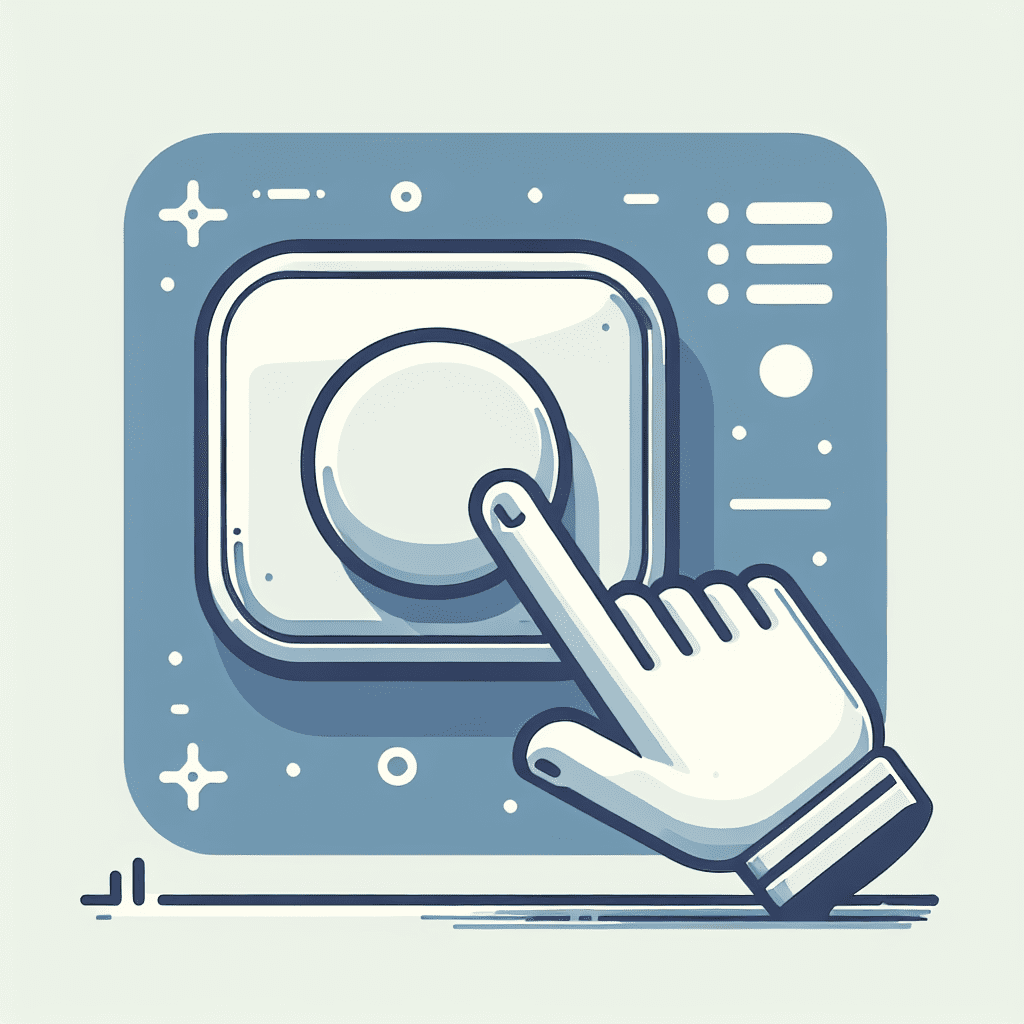Let’s talk about the tiny piece of text that decides whether someone buys your product or bounces faster than a cat near a vacuum. Yep, we’re talking about CTAs, Calls to Action. The phrase itself sounds like a military command, but in digital marketing, it’s more like a well-placed nudge—or a really persuasive whisper. Done right, it can turn a casual browser into a loyal customer; done wrong, it’s just another “Submit” button collecting dust.
So what actually makes a CTA work?
You’re not just placing a button; you’re guiding a decision.
A CTA isn’t just a flashy button or a hyperlink in disguise. It’s the moment where everything you’ve built—your design, your message, your offer—comes together and asks the user, “Alright, what’s next?” It’s persuasion distilled into a few words. And it has to meet the user right where they are, mentally and emotionally. That’s why the best CTAs feel like a natural next step, not a pushy sales pitch.
CTAs live at the intersection of psychology, design, and timing. So yes, they look simple, but don’t be fooled; they’re the result of careful thinking and a bit of good old-fashioned trial and error.
Types of CTAs: The Usual Suspects
Let’s run through the main CTA types you’ll see out in the wild. Each one plays a different role in the user journey.
Lead generation CTAs: These are the ones that say “Download the Free Guide” or “Try It Free for 14 Days.” They’re designed to snag your info, usually an email address, so the brand can keep talking to you later. You’ll see these in blog posts, landing pages, and those pop-ups that appear just as you’re about to leave.
Click-through CTAs: These don’t ask for much, just a little commitment. “See Plans and Pricing” or “Learn More” are classic examples. They’re the bridge between curiosity and
conversion.
Transactional CTAs: These are the heavy lifters. “Buy Now.” “Add to Cart.” They’re built for clarity and urgency, and they usually show up on product pages or checkout flows.
Social sharing CTAs: A different beast. “Tweet This” or “Share on LinkedIn” don’t sell anything directly, but they expand your reach. They’re subtle, but powerful.
Engagement CTAs: These keep people around longer. “Watch Video.” “Leave a Comment.” “Read More.” They’re not selling; they’re building a relationship.
The psychology is doing a lot of heavy lifting
You know what’s wild? A two-word button can trigger a whole bunch of subconscious reactions. CTAs tap into some of the same mental shortcuts we use to survive grocery stores and family dinners.
Take FOMO, for example. “Only 3 Left” or “Limited Time Offer” plays on our fear of missing out. Scarcity makes things feel more valuable; that’s been true since people were trading goats.
Then there’s the Zeigarnik Effect. It’s the idea that people remember unfinished tasks more than completed ones. So when a site says “Finish Your Profile” or “Continue Reading,” it’s pulling on that itch to complete what we started.
And don’t forget social proof. A CTA that says “Join 10,000+ marketers” works because no one wants to be the only one not doing the smart thing. It’s the digital version of looking at the longest line at the food truck and thinking, “Well, that must be the good one.”
Source: Cialdini, Influence: The Psychology of Persuasion
Design matters more than you think
A good CTA doesn’t just say the right thing; it looks the part. Eye-tracking studies show that buttons with strong contrast, enough whitespace, and clear hierarchy get clicked more. That’s not shocking, but it’s surprisingly easy to mess up. If your CTA blends into the background, it might as well not exist.
Placement is another big deal. Putting it “above the fold” (before someone has to scroll) is smart, but contextual placement—like a CTA that appears right after a compelling paragraph—can be even better. Sticky CTAs that follow you as you scroll? Also effective, if they’re not too clingy.
Source: NNG: CTA Buttons
Now let’s talk copy. “Submit” is boring. “Get My Free Guide” is specific, personal, and tells me what I’m getting. The more your CTA sounds like something a real person would say, or want to click, the better it performs.
Source: HubSpot Marketing Statistics
And yes, you should be testing this stuff constantly. A/B testing different colors, wording, sizes, and placements can give you actual data on what’s working. Tools like VWO, Google Optimize, and Optimizely make it easier than ever. If you’re guessing, you’re wasting time.
Little changes, big results
Here’s where things get interesting. You don’t need to overhaul your whole site to improve conversions. Just tweaking your CTA can make a huge difference.
According to Unbounce, personalized CTAs convert 202 percent better than generic ones. That’s not a typo. That’s two hundred and two percent. Even swapping “Start Free Trial” for “Start My Free Trial” can bump up clicks. It feels more personal, more immediate—like it’s made for you.
Source: HubSpot CTA Examples
What’s next: AI and voice are changing the game
If you think CTAs have peaked, think again. The new wave is all about dynamic, personalized prompts that change based on who’s visiting and how they behave. Tools like Mutiny are already doing this, showing different CTAs to different segments in real time. It’s like having a salesperson who instantly knows what to say to each person who walks in.
And voice search? That’s changing how people interact with content altogether. Instead of clicking a button, users might say, “Find me the best deal” or “Show me more like this.” That means CTAs are evolving into conversational cues, often handled by chatbots or voice assistants. It’s less about buttons now, more about guiding a dialogue.
Source: Voicebot: Voice Search Trends 2023
So, what’s the takeaway?
A CTA is more than a button. It’s a moment of decision. When done well, it’s persuasive, timely, and feels like a no-brainer. When done poorly, it’s invisible.
If you want more clicks, more leads, more sales, start with the CTA. It’s small, but mighty. Like espresso. Or duct tape.
That’s the breakdown.
We’ll be back with more.
Until then, keep building.
– Perfect Sites Blog

